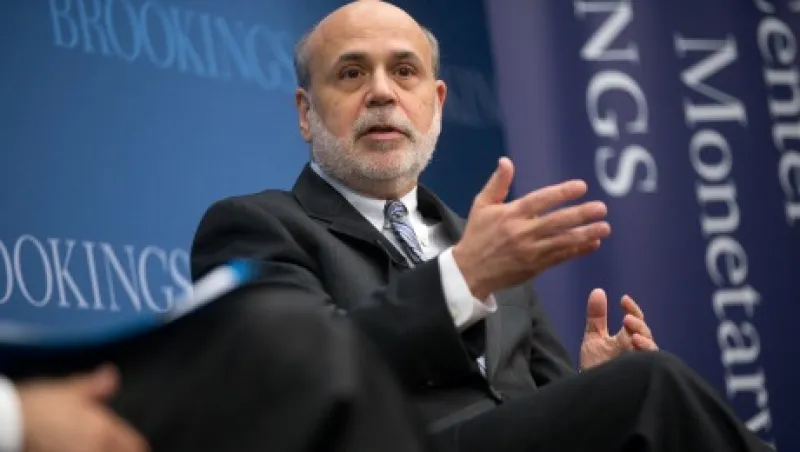
Secular Forces Check Inflation, Contributing to the Recovery
Continued low inflation is not necessarily a bad thing when its underlying causes bolster the overall U.S. economy.
Rick Rieder
January 19, 2014


